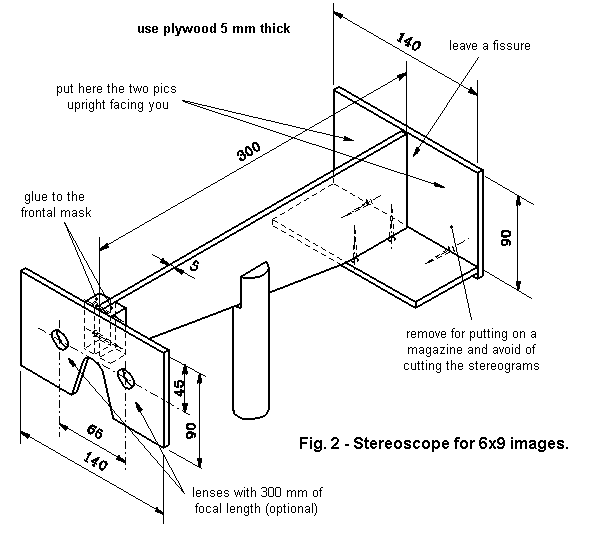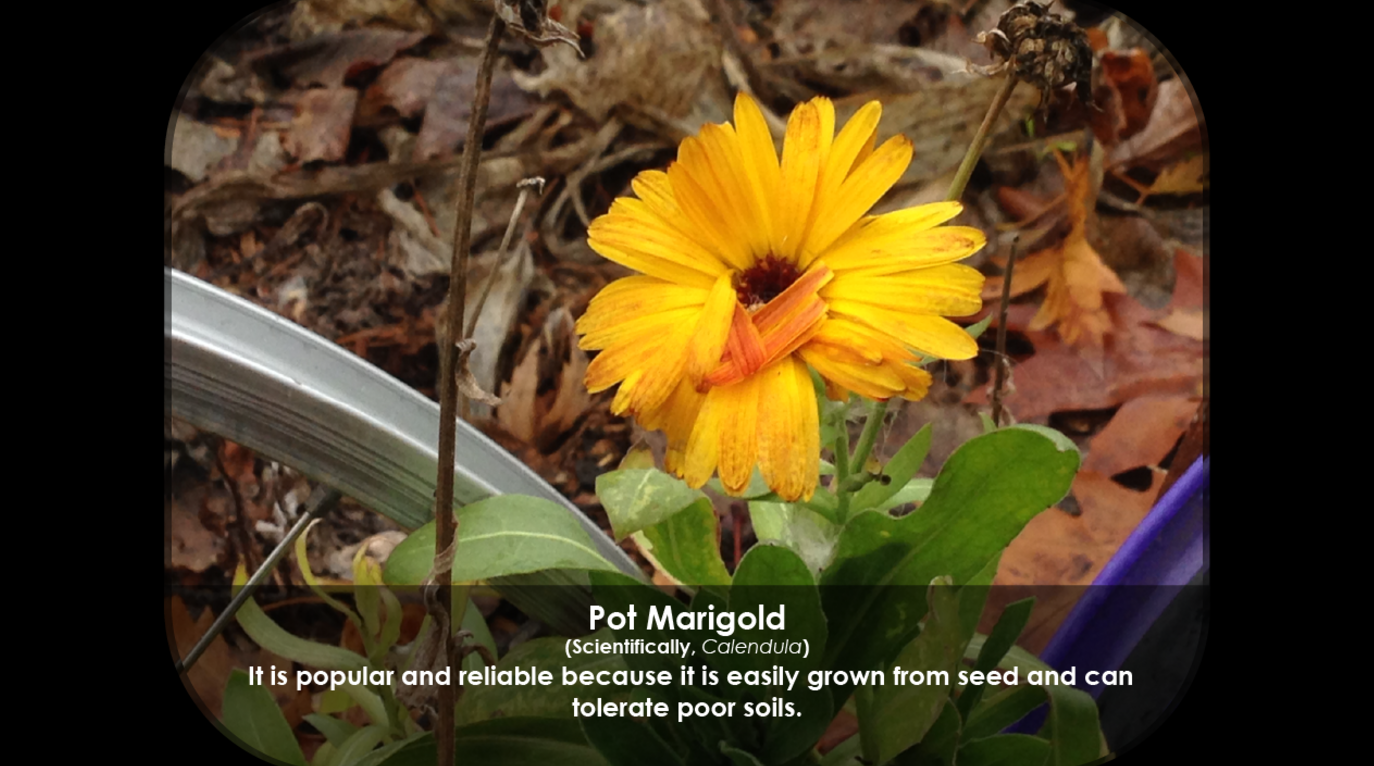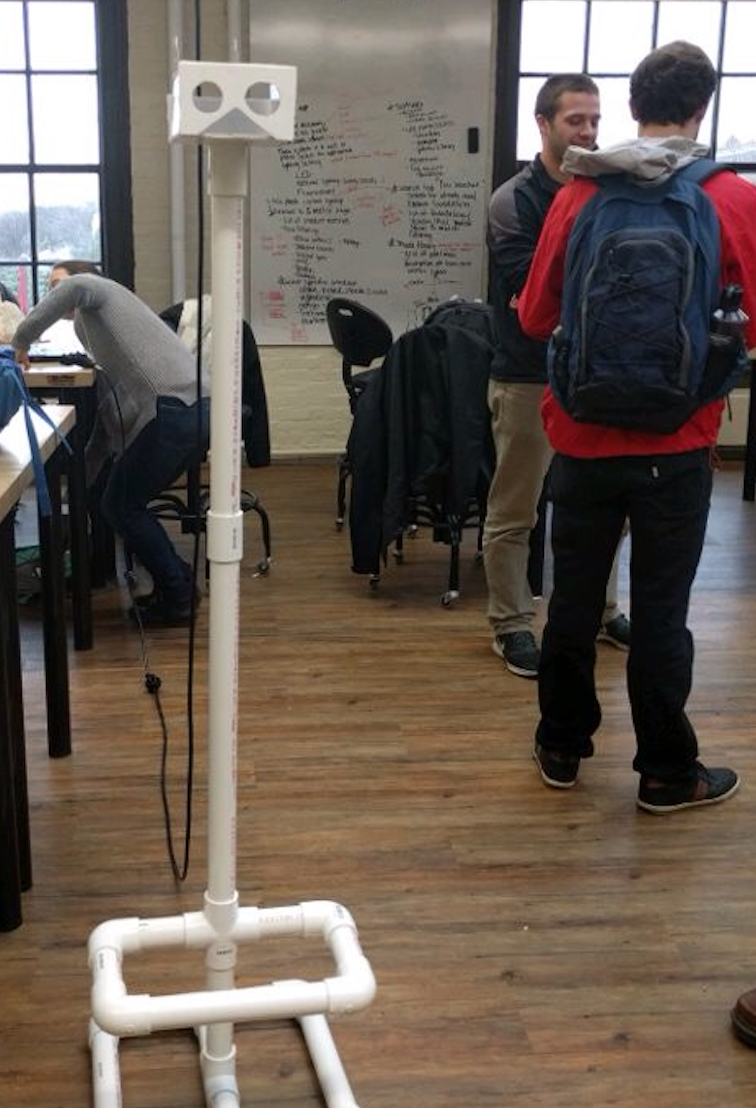Second Iteration
Dec 8th, 2016 by mrugaa
The second iteration of the ObservaStory kiosk saw the concept become more specific and higher tech.
Initially an individual kiosk was meant to tell the histories or narratives of people and objects associated with a specific location. The initial mock-ups were made out of cardboard and had a broad vision for the type of information that was to be displayed within the kiosk. The information was also, at that point, designed to be developed cooperatively with participants from the The Sanctuary for Independent Media. However, without the sufficient access and time to do this, the team decided to pursue a kiosk topic that could be developed independently.
A second phase of iterations thus began with the goal of highlighting plants at a specific Sanctuary location, Freedom Square. As a property that is owned by the Sanctuary but open to the public at all times, Freedom Square was easy to interact with independent of direct communication with Sanctuary volunteers. To do this, the team first took pictures of plants at Freedom Square, then identified and researched them, finally formatting them into informational displays. Initially the goal was to arrange these displays into a unified 3D View-Master reel, following the design of the first iteration of the project. However, due to technical difficulties with printing on transparency film, the team was forced to reconsider the delivery method of the information.
Several methods were tested. First, the team attempted to create a DIY cardboard stereoscope utilizing a smartphone pre-loaded with stereoscopic images (Figure 8). Similar to a View-Master, the images in these these smartphone slide would be offset from each other, creating a 3D image when viewed through the stereoscope eyepiece. However, the team was unable to create a stereoscope that worked one-hundred percent of the time. Consequently, the team decided to simplify the design further.

Figure 8. There are many blueprints online that show how to construct a stereoscope. The team’s cardboard models resembled this the most.
The final prototype of the ObservaStory uses a foam core and PVC structure to support a smartphone that is pre-loaded with informational slides about the ecology around the Sanctuary (Figures 9, 10). While the final prototype is not durable enough to withstand weather and theft on the street, as would an ObservaStory that is made of steel and uses a concrete base, it opens the discussion about new possibilities for work with the Sanctuary and for place-based learning itself.

Figure 9. The team took pictures of plants at Freedom Square, researched them, and formatted them accordingly.

Figure 10. The final prototype of the ObservaStory.